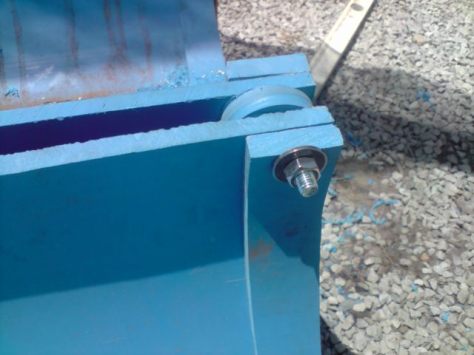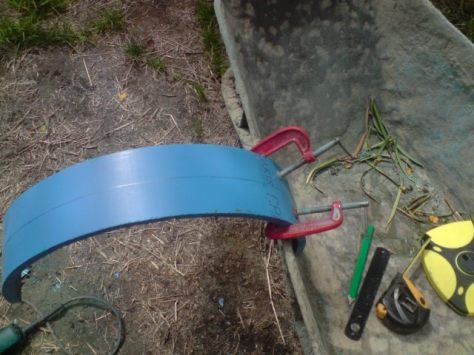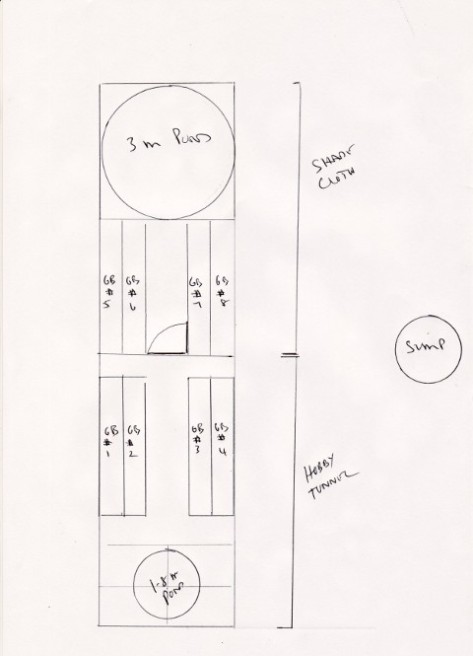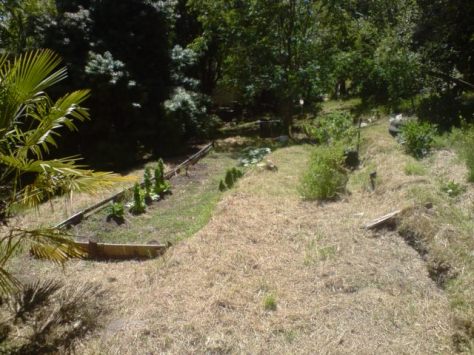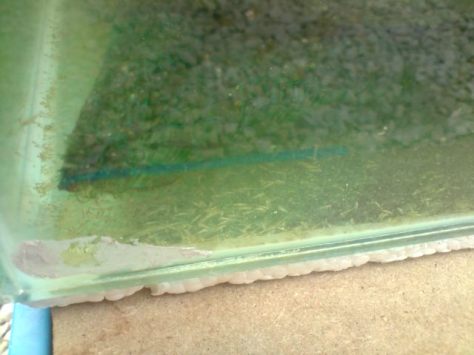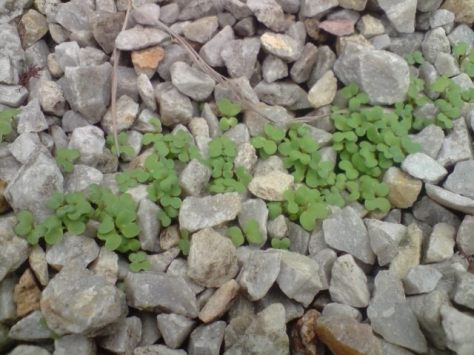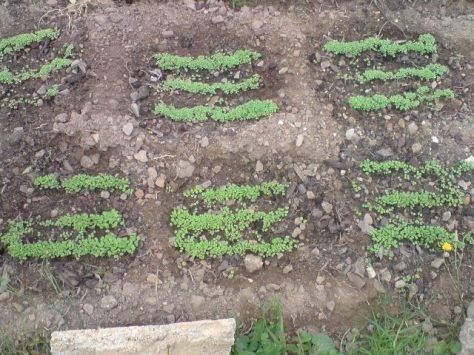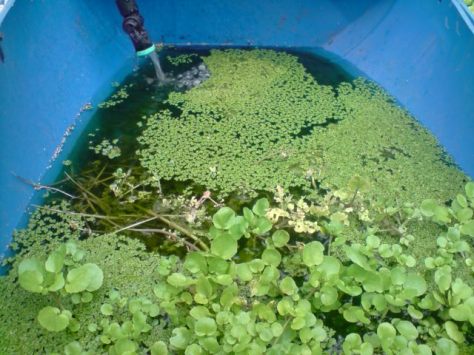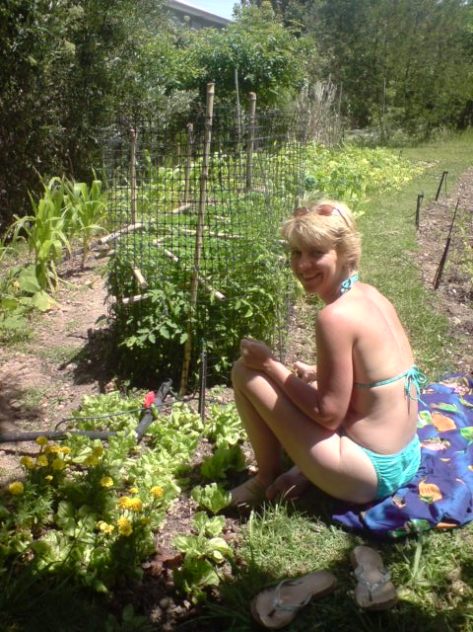With the first Winter rains now falling in the Western Cape of South Africa and the grapevines almost bare of their Summer plumage, ones thoughts turn to more philosophical directions. I enjoy Winter in the Cape. It offers a time for introspection; re-visiting the successes and failures of the previous growing season and planning for what lies ahead.
Aquaponics (AP) really is a scale model of the workings of the earth and provides a great platform to explain how everything hangs together. I have taken many school groups through my various AP builds over the years and I have found it extremely heartening to see the “light-bulb” moment as a child suddenly sees the point of it all. When he/she realizes that every system (whether organic or mechanical) works exactly the same and that it is infinitely scalable, the impact is huge.
Nature has no waste. Every output from one system is an input for another. Our artificially created, urban living areas “appear” to generate massive waste and seem, on the face of it, to be unbalanced, but in reality nature mops up the waste over time and uses it as an input in another system. What we must realize is that it doesn’t all happen immediately and it may be many, many years before the next system even needs the output from the earlier system.
There are many examples of this. Gold mining is one. The goldfields of South Africa and other gold producing countries are littered with “mine dumps”. These discarded mountains of earth are the by-product of the mining and extraction process. At the time, the cost and availability of technology and the price of gold didn’t make it feasible to process these dumps any further. Now, many years later, it provides a lucrative new source of gold which is extracted from these “dumps”.
Landfills are another example. I predict that in the future these hidden dumps of a civilizations waste will power cities with easily-extractable methane and the solid matter recycled in a multitude of ways.
There is no waste in the long-term.
AP has often been described as a “closed-loop” system; a perpetual motion, organic machine that, once in balance, will sustain itself indefinitely. In theory this is true, but in practice it is not very long before some or other input is required, the most obvious being food for the fish. Another is an AP systems rapid depletion of iron and other trace elements needed in only small doses, but without which, the system comes crashing down.
The secret of AP and Life itself, is thus BALANCE. Balance is often not apparent in a snapshot, but if you look at the system, in whatever form, over a period of time, it seems to smooth out and settle into a balanced state.
Our lives, in a seemingly meaningless, headlong rush to the grave, also seem out of balance, but below the surface of this raging river is a calm, balanced, REASON for it all. Sometimes we just have to step back, lift our eyes from our iPhones and other distracting gadgets and realize that this is all part of a bigger plan.
We are just so bogged down by detail and noise and confusion. To truly appreciate the meaning of it all, maybe we should just go out into our gardens and truly OBSERVE the miracle of nature, be it only in a tiny patch of green that we call our own.
Henry David Thoreau, the finest American philosopher who ever lived, said, “Our life is frittered away by detail.”
Get out there and appreciate it.
Later
Synaptoman

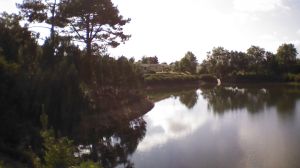

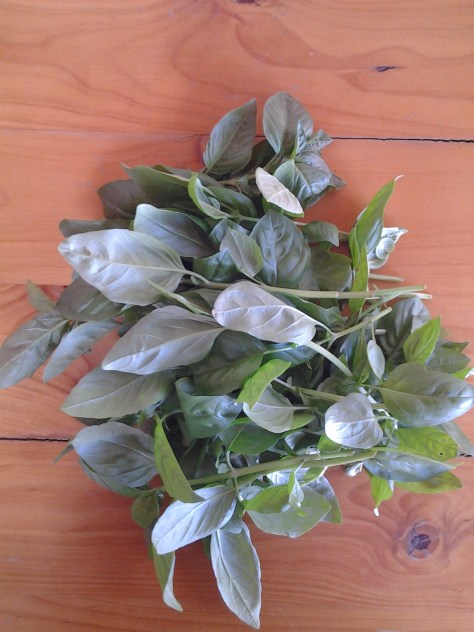
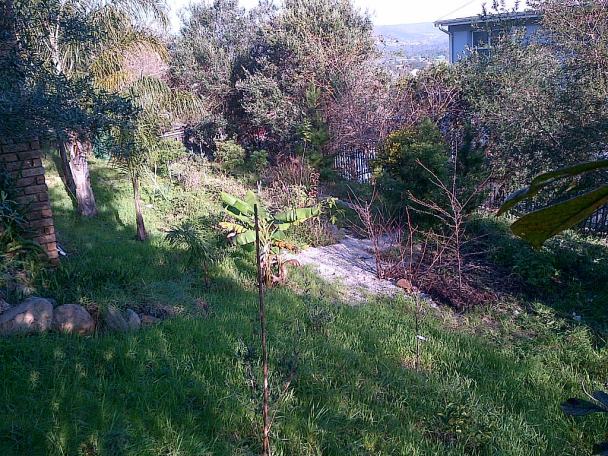
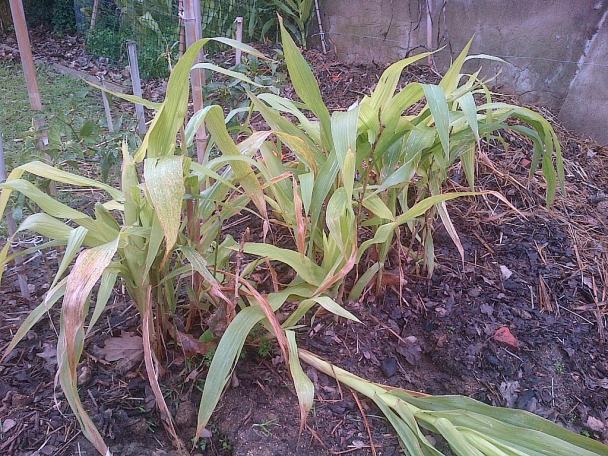
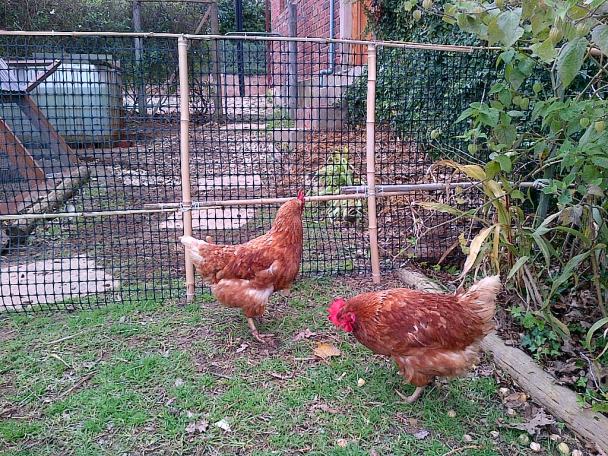
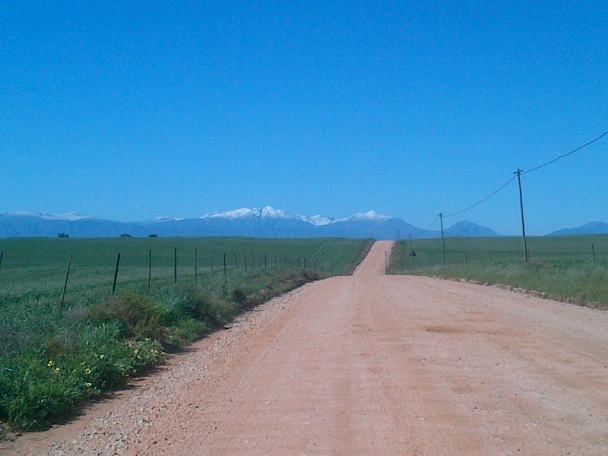

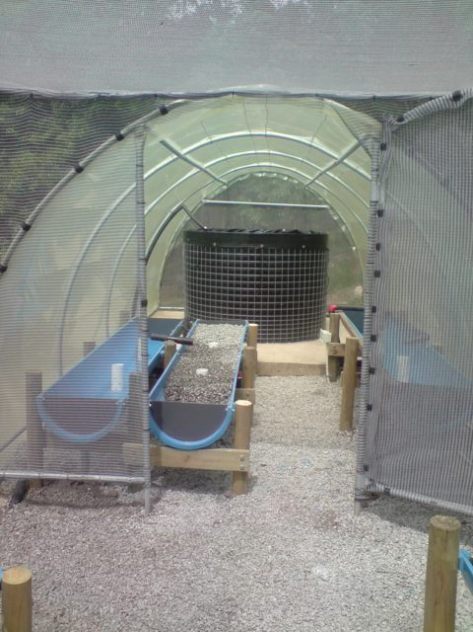

![P291209_15.05[01]](https://synaptoman.files.wordpress.com/2010/01/p291209_15-0501.jpg?w=474)
